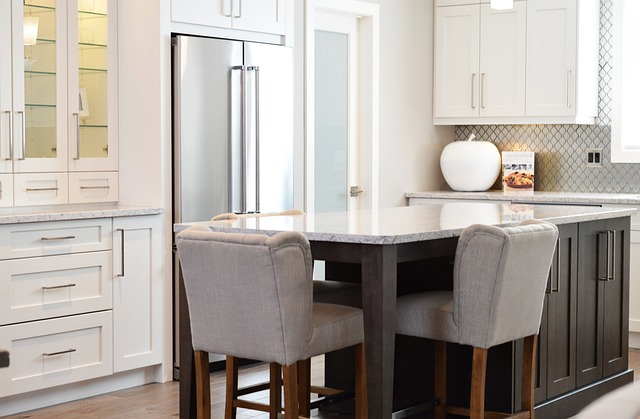The kitchen is often referred to as the heart of the home, where delicious meals are prepared and cherished memories are made. However, it’s also a place where accidents can happen if proper health and safety measures aren’t taken seriously. From burns and cuts to foodborne illnesses, the kitchen can be a hazardous place. In this blog, we’ll explore some essential tips and guidelines for maintaining health and safety in the kitchen.
Cleanliness is Key
A clean kitchen is a safe kitchen. Regularly clean all surfaces, utensils, and equipment to prevent the growth of harmful bacteria. Wash your hands before and after handling food, and clean all fruit and vegetables thoroughly. Keeping your kitchen clean not only prevents foodborne illnesses but also reduces the risk of accidents due to slippery surfaces. You should also ensure that your chefs and cooks have a good standard of personal hygiene as well as clean uniforms. You can find uniforms at retailers like Bragardus: see their selection here.
Organize Your Workspace
A cluttered kitchen can be a recipe for disaster. Keep your workspace organized to prevent accidents. Store knives and sharp objects in a designated area, and make sure pots and pans are easily accessible. By knowing where everything is, you can avoid fumbling around and reduce the likelihood of injuries.
Proper Handling of Knives
Knives are essential tools in the kitchen, but they can also be quite dangerous if not handled properly. Always use a sharp knife, as it requires less force, making it less likely to slip and cause an injury. Store knives safely, with blade guards or in a knife block. When cutting food, use proper cutting boards and techniques, keeping fingers out of the way to avoid cutting yourself.
Fire Safety
The risk of fire is a significant concern in the kitchen. To prevent fires, never leave stovetops unattended, and always turn off burners and ovens when you’re done cooking. Keep flammable items like towels and paper towels away from the stove. Invest in a fire extinguisher and make sure that you and your family know how to use it in case of an emergency.
Prevent Burns and Scalds
Burns and scalds are common kitchen injuries. To avoid these, use oven mitts or potholders when handling hot pots and pans. Be cautious when opening the oven or microwave, as hot steam can cause burns. Ensure that the handles of pots and pans are turned away from the edge of the stove to prevent accidental knocking or spilling.
Electrical Safety
The kitchen is filled with electrical appliances. Check cords and plugs regularly for any signs of damage. Avoid overloading power outlets and use extension cords sparingly. Never touch electrical appliances with wet hands. Electrical safety is essential to prevent shocks and electrical fires.
Food Safety
Proper food safety is crucial in the kitchen to prevent foodborne illnesses. Follow these guidelines:
- Cook meat, poultry, and seafood to the recommended temperatures.
- Store perishable foods in the refrigerator at or below 40°F (4°C).
- Use separate cutting boards for raw meat and vegetables to avoid cross-contamination.
- Practice good hygiene, such as washing your hands and utensils before, during, and after preparing food.
First Aid Kit
Always have a well-stocked first aid kit in your kitchen. Accidents can happen, so it’s essential to be prepared so you can treat minor injuries promptly. Your kit should include bandages, antiseptic, gauze, scissors, and other basic first-aid supplies.
Ensuring health and safety in the kitchen is a responsibility that shouldn’t be taken lightly. By following these guidelines and being vigilant, you can create a safer environment for yourself and your loved ones. A clean, organized, and well-maintained kitchen can prevent accidents, protect against foodborne illnesses, and make the cooking experience more enjoyable and stress-free. So, keep these tips in mind and continue to create delicious meals in a safe and secure kitchen environment.

